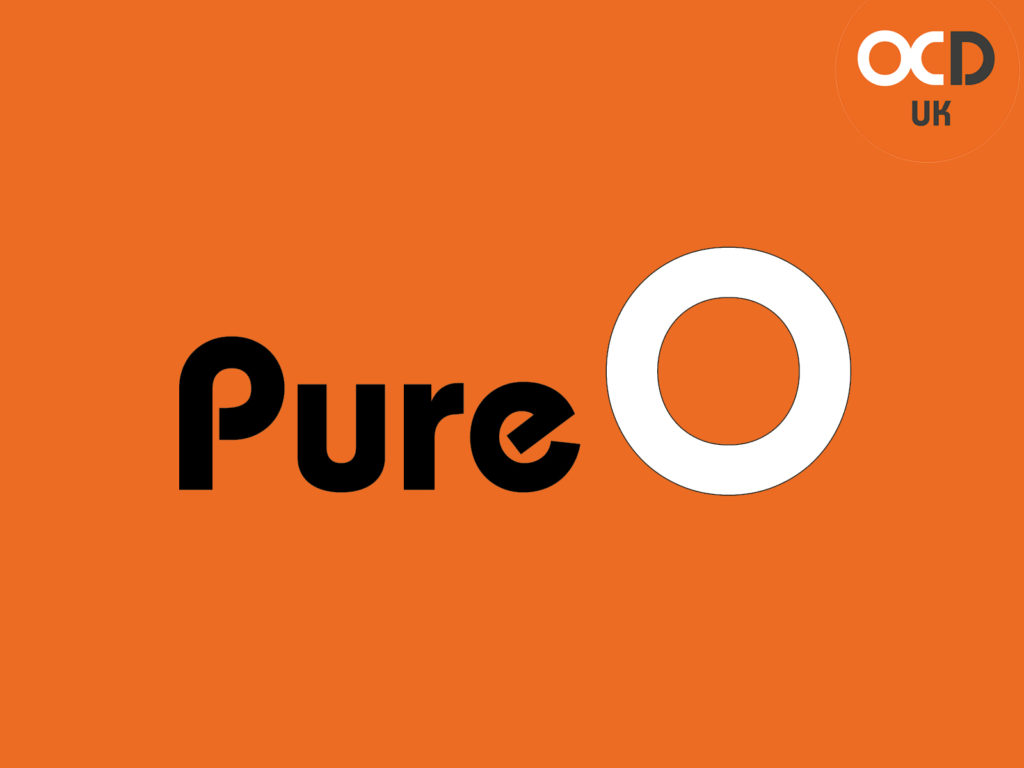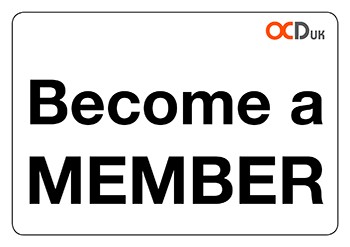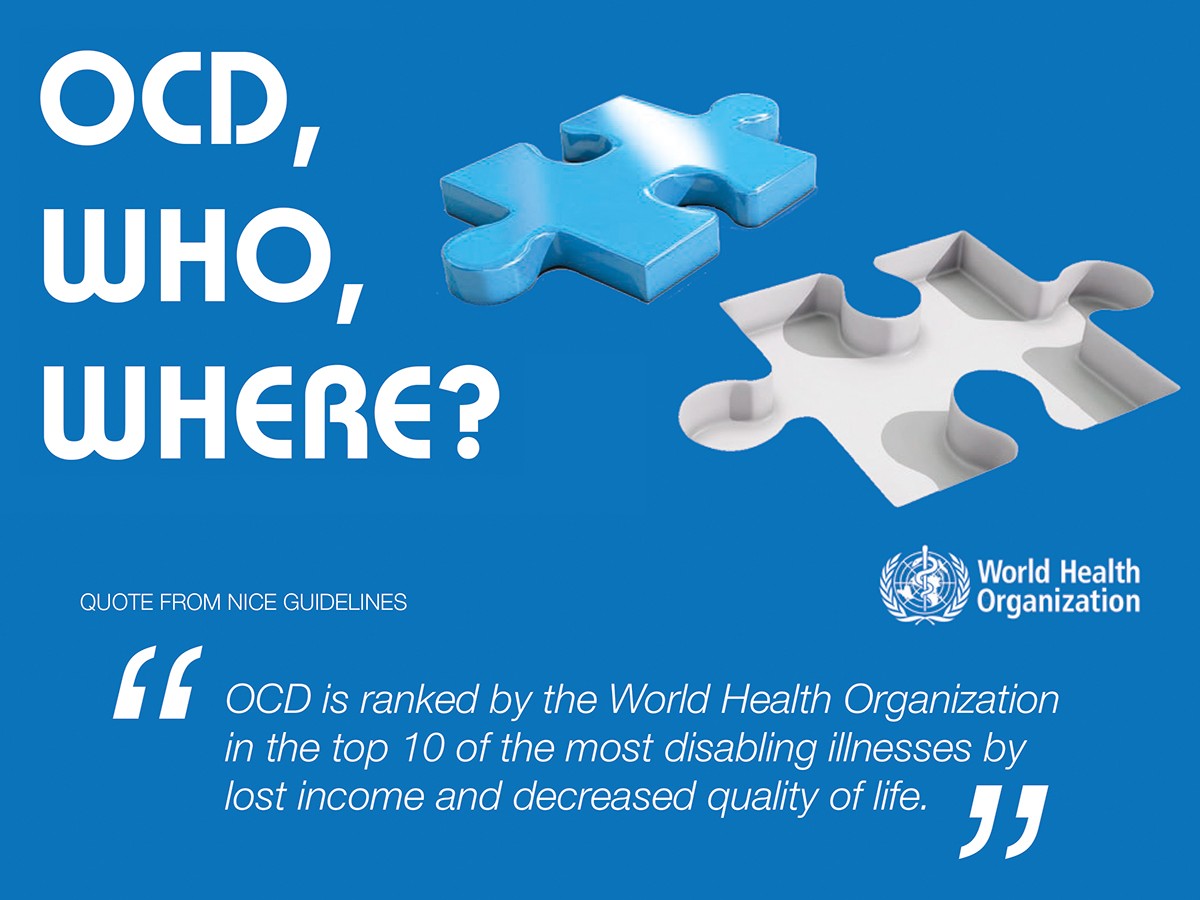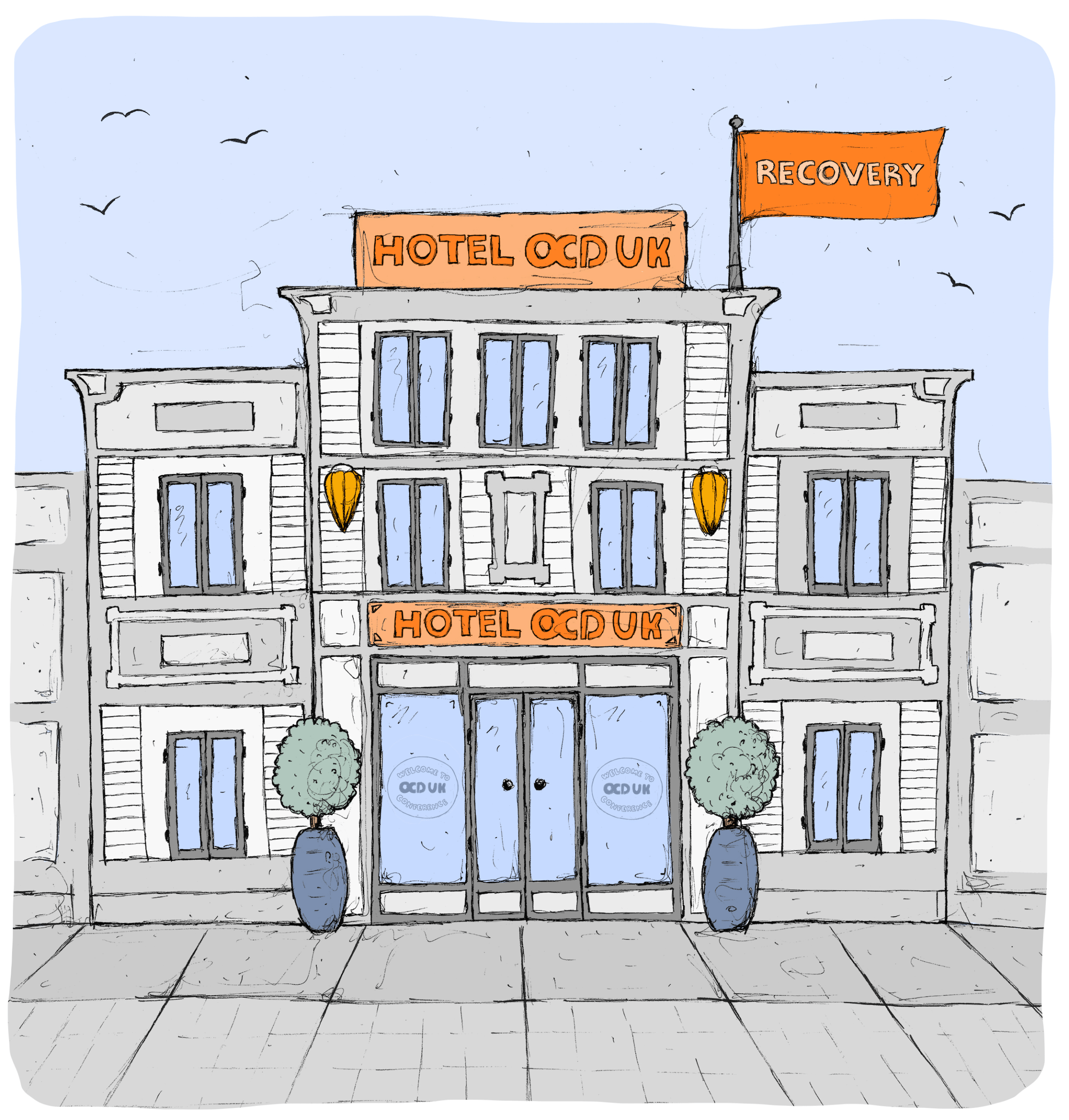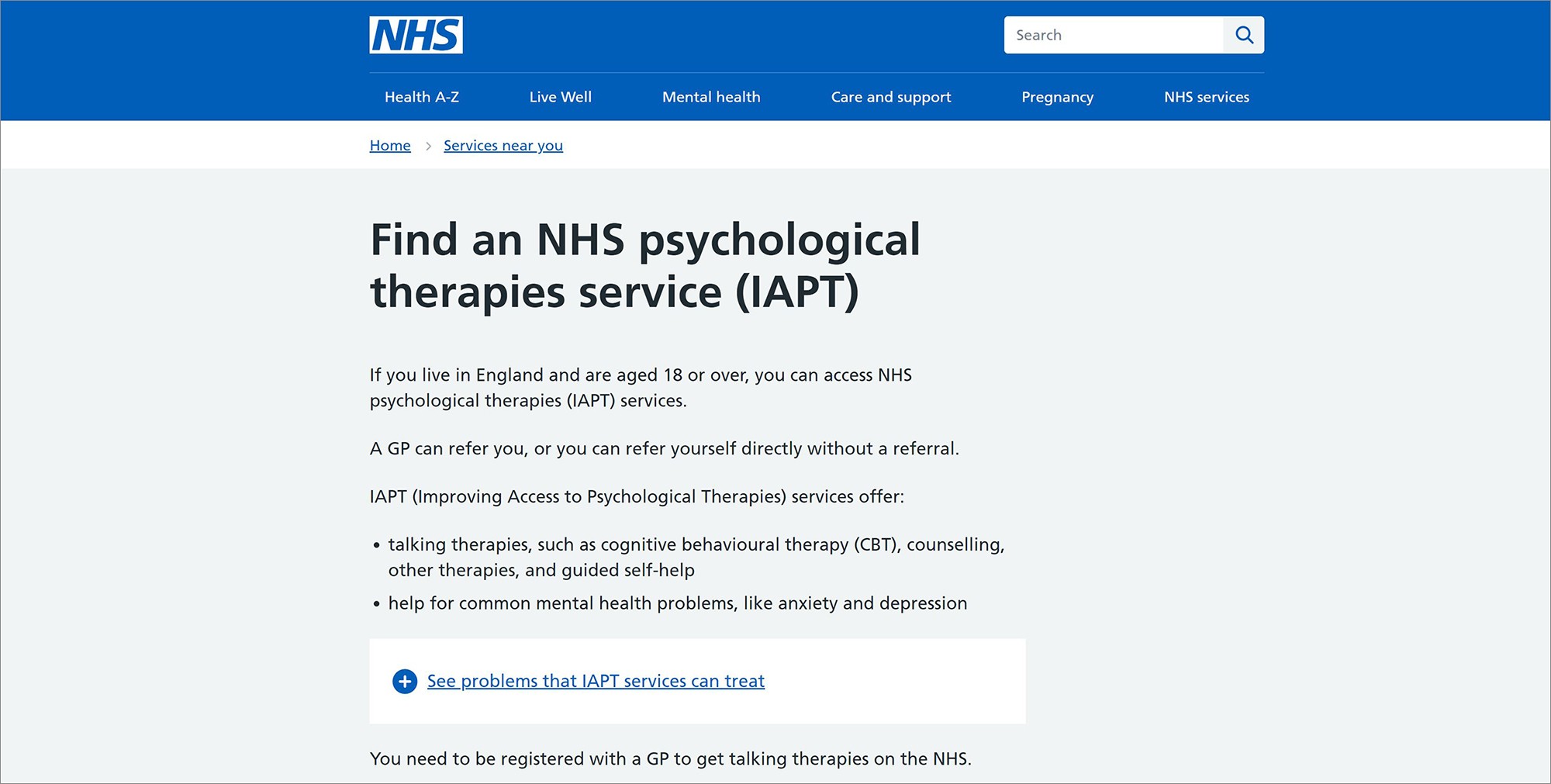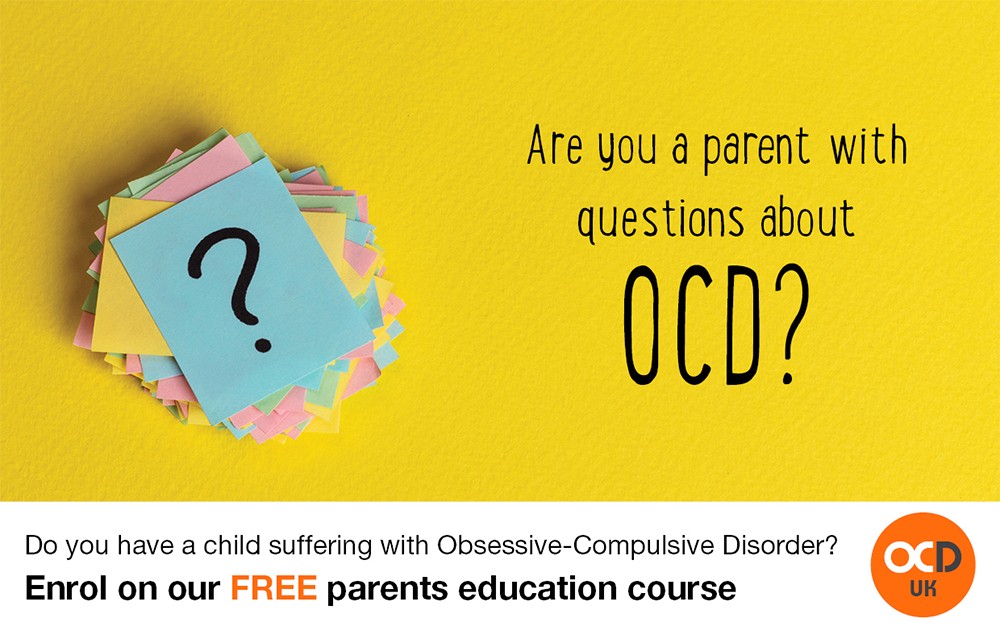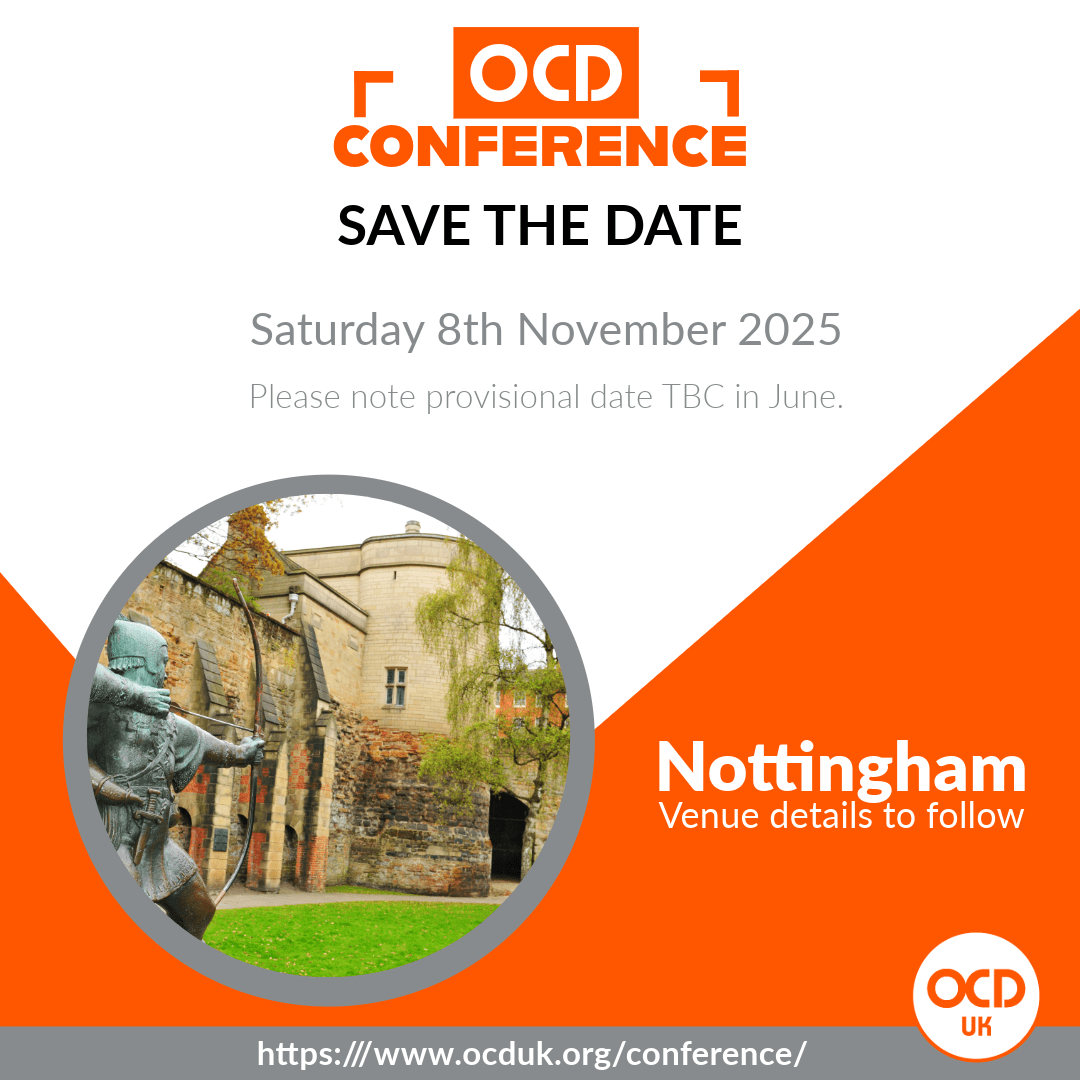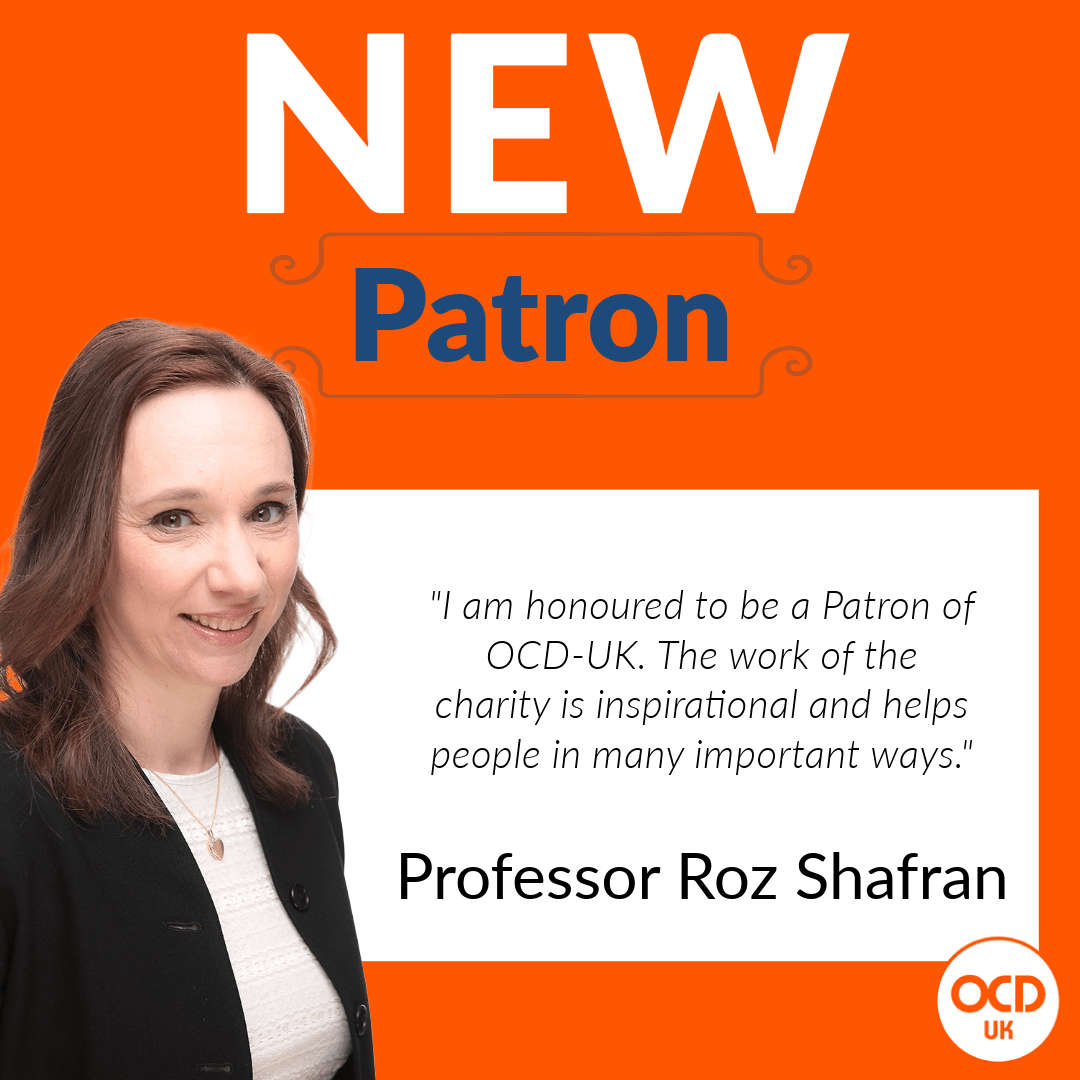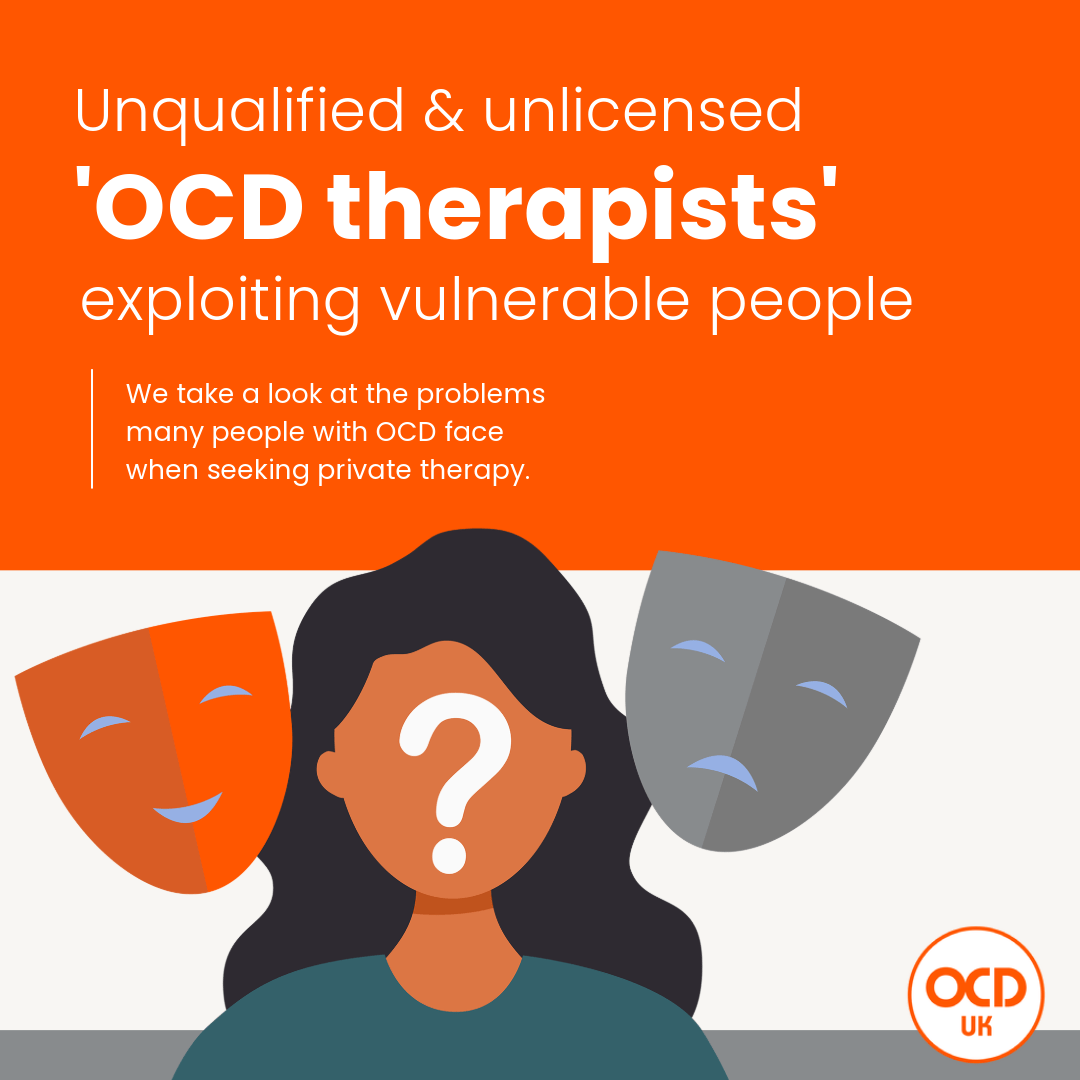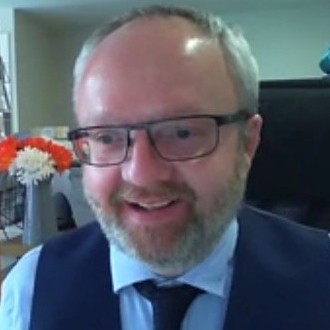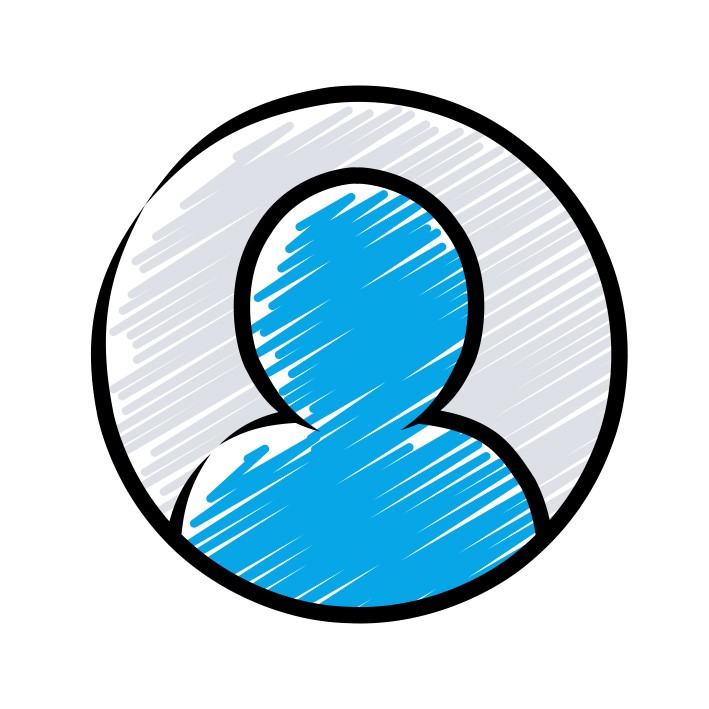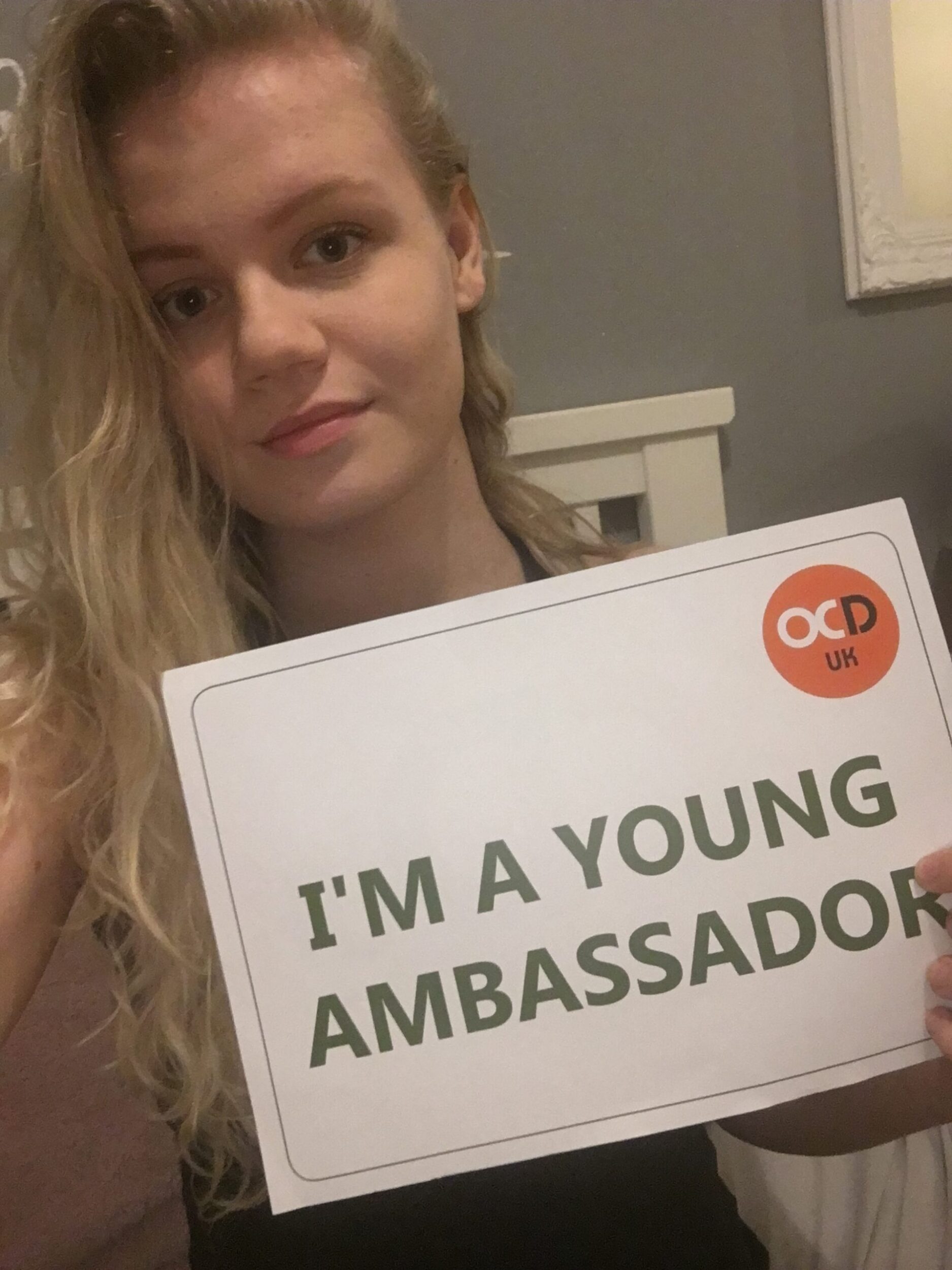‘Purely obsessional’ or ‘Pure O’ is a term commonly used to refer to a form of Obsessive-Compulsive Disorder which people mistakenly believe has no outward compulsions and only features distressing internal intrusive thoughts.
But does ‘Pure O’ exist?
Well as an online term yes, but as a form of OCD, not really, it’s merely a phrase. It’s certainly not a medically listed term, and we will try and explain why we don’t consider it a separate form of OCD.
Like any person suffering from OCD, a person with ‘Pure O’ will have compulsions.OCD-UKLike any person suffering from OCD, a person with ‘Pure O’ will have compulsions, some will manifest as unseen mental rituals, but importantly there will nearly always be physical outward compulsions too, making the term ‘Pure O’ imprecise.
Examples of physical compulsions include checking (various types of checking, from checking on Google to checking for own body reactions/sensations), seeking reassurance from loved ones or avoidance of particular objects, places or people that trigger obsessional thoughts. Watching movies of an adult nature to check if there is arousal. They’re all compulsions (mental or physical), which is why the term ‘Pure O’ is both unhelpful and imprecise.
It’s unhelpful because a person suffering with OCD might fail to recognise their own symptoms (compulsions) hindering their recovery.
Summary
In summary, what we’re saying is that ‘Pure O’ is like any other form of OCD, it will involve both obsessions and compulsions, and treatment approaches would be no different. A person doesn’t need a ‘Pure O’ specialist, ‘Pure O’ would be treated using standard traditional treatment methods, the same that are used for every other type of OCD.
It’s for this reason that OCD-UK have chosen to not use the term, and proactively highlight how misleading it can be.
What to read next:

